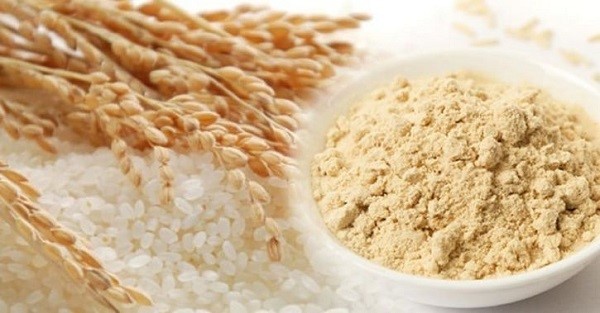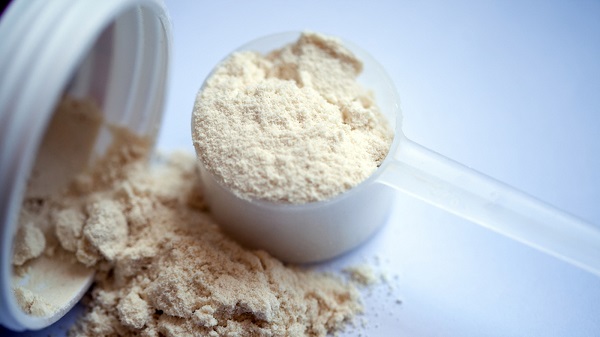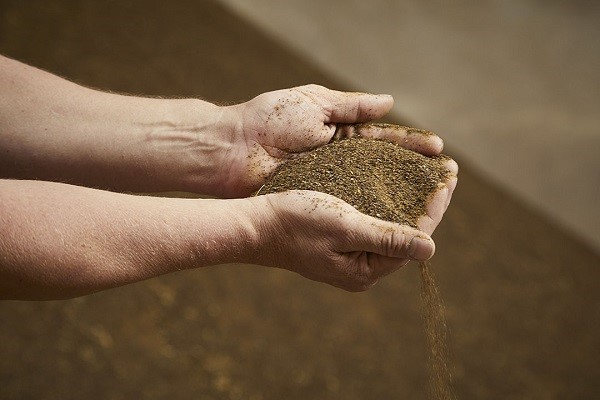Comprehensive Utilization Of Rice Protein Powder
2024-01-30 14:42:48
As the world's biggest maker of rice, China's thriving rice development industry has given new roads to the advancement of our horticultural economy through profound handling and thorough use of rice. During rice processing, only starch is often utilized, and a substantial amount of high-quality rice protein powder found in by-products such as broken rice, rice embryos, rice bran, and rice husks remains largely untapped, resulting in significant protein resource wastage.
With the nonstop headway of food innovation, the high dietary benefit and low allergenicity of rice protein have earned respect, making it a significant pattern to foster it as a vital fixing in food or nourishing enhancements. This article gives an outline of the extensive usage.

Research on rice protein, both domestically and internationally, mainly involves food additives to enhance the physical and chemical properties of food; natural thickeners and foaming agents for personal care products; high-protein nutritional powders for specific populations; bioactive peptides for specialized functions; bioactive compounds for promoting health; protein feed for livestock and poultry production; environmentally friendly edible films, all of which are closely related to the hydrolysis and modification of RPI.
01. Food Additives
Food-added substances will be substances that work on the quality, flavor, and presence of food. The fitting sub-atomic size and amino corrosive synthesis give specific physicochemical properties to proteins, like solvency, frothing capacity, and emulsification.
Rice protein, with its hydrophobic, flexible, and disordered structure, readily dissolves in water and concentrates at gas-liquid interfaces, exhibiting foaming and emulsifying properties. Wu Yujing obtained high-protein, good-foaming performance protein foam from rice bran through a series of processes including desugaring, enzymatic modification, decolorization, and drying.
Anderson and others used proteinase to treat RPI, resulting in a significant decrease in the apparent viscosity of the 10% protein solution, greatly enhancing foaming capacity and foam stability.
In addition to enzymatic hydrolysis, chemical modification methods, such as the addition of Na2SO3 or SDS, can improve the properties by disrupting protein aggregation and promoting colloidal behavior.
Rice protein hydrolysates or altered items got through enzymatic strategies have wide applications in food creation, giving steadiness and thickening in fluid or semi-strong food sources, and frothing in heated products and confections.
02. Protein Nutritional Supplements
Due to its low allergenicity and high nutritional value, rice protein powder has become a preferred plant-based protein source for special populations. Rice protein-based formula can address sensitive diarrhea in infants; gluten-free protein is suitable for individuals with wheat intolerance, allergies, or gastrointestinal disorders; concentrated protein can supplement body functions during reduced protein intake or impaired digestion, maintaining nitrogen balance; it can also assist in treating digestive ulcers and injuries.

03. Functional Peptide Development
Modern research indicates that small peptide molecules are more easily digested and absorbed by the body compared to free amino acids. The presence of amino acids in small peptides can not only avoid competitive transport but also reduce the toxic effects of high concentrations of amino acids. The low-energy-consuming peptide transport framework is more averse to becoming immersed, making examination into dynamic peptides in hydrolyzed protein items progressively well known.
Li Huoyun and others utilized Alcalase basic proteinase to hydrolyze rice protein, delivering rice peptides that can wipe out hydroxyl extremists, superoxide anions, and DPPH revolutionaries, giving assurance against maturing and investigating possible applications in enemy of maturing beauty care products.
Active peptides in RPI can affect the expression of cyp4a and cyp2c, thereby improving the metabolism of arachidonic acid and serving as components for controlling hypertension. Additionally, they can inhibit arterial atherosclerosis in genetically predisposed hypercholesterolemic mouse models, reducing the incidence of the condition.
Hydrolyzed small peptide varieties are diverse and multifunctional, including antimicrobial, cholesterol-lowering, blood pressure-regulating, and antioxidant activities.
04. Protein Feed
Rice protein powder, a by-product of starch sugar production from rice, is an excellent feedstock with high protein content, fast energy conversion, high digestibility, palatability, disease resistance, low antigenicity, and balanced amino acids. Adding concentrated rice protein to aquatic feed not only improves the digestibility of fish but also controls excretion, maintaining water clarity and preventing water pollution.

Enzymatic hydrolysis can produce flavor peptides as substitutes for monosodium glutamate (MSG). These peptides effectively mask bitterness, enhance feed viscosity, improve palatability, and chelate trace elements, increasing animal consumption while ensuring safety.
Liu Weidong and others significantly improved egg production, feed intake, total protein in the blood, and survival rate in chickens by adding 1.5% to 2% rice protein to their feed.
05. Edible Films
Edible protein films are produced from by-products of rice milling, offering good freshness retention, gas and oil barrier properties, and moisture resistance. These green packaging films have promoted the development of edible packaging materials and opened up new avenues for sustainable agriculture.
Research by Wu Yinghua and others suggest that rice protein can be dissolved in 80% ethanol at a constant temperature of 40°C to form edible films with certain strength on smooth stainless steel plates. Adding oleic acid and glycerol can enhance film transparency and tensile strength. The Southern Research Center of Louisiana developed edible films resistant to tension and water vapor using concentrated protein and pullulan, which can serve as flavor substances, carriers for nutritional additives, or isolating materials for separation, protection, and preservation.
If you want to get more information about this powder, you can contact us at sales@sxytorganic.com!
_1737093401309.png)
